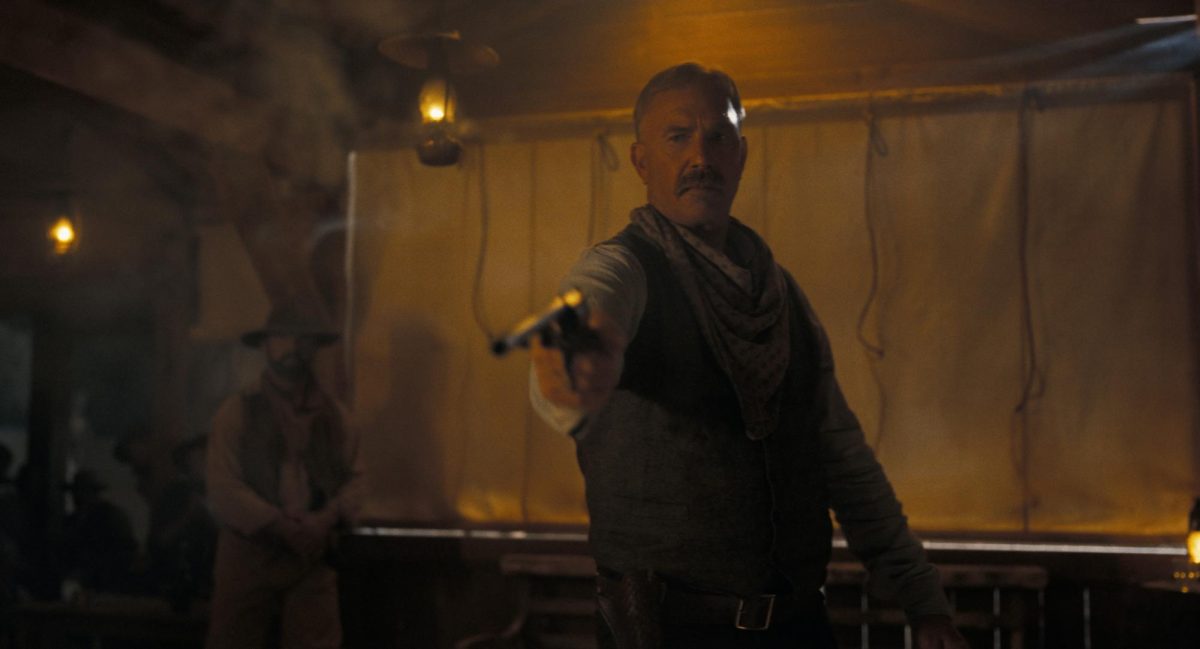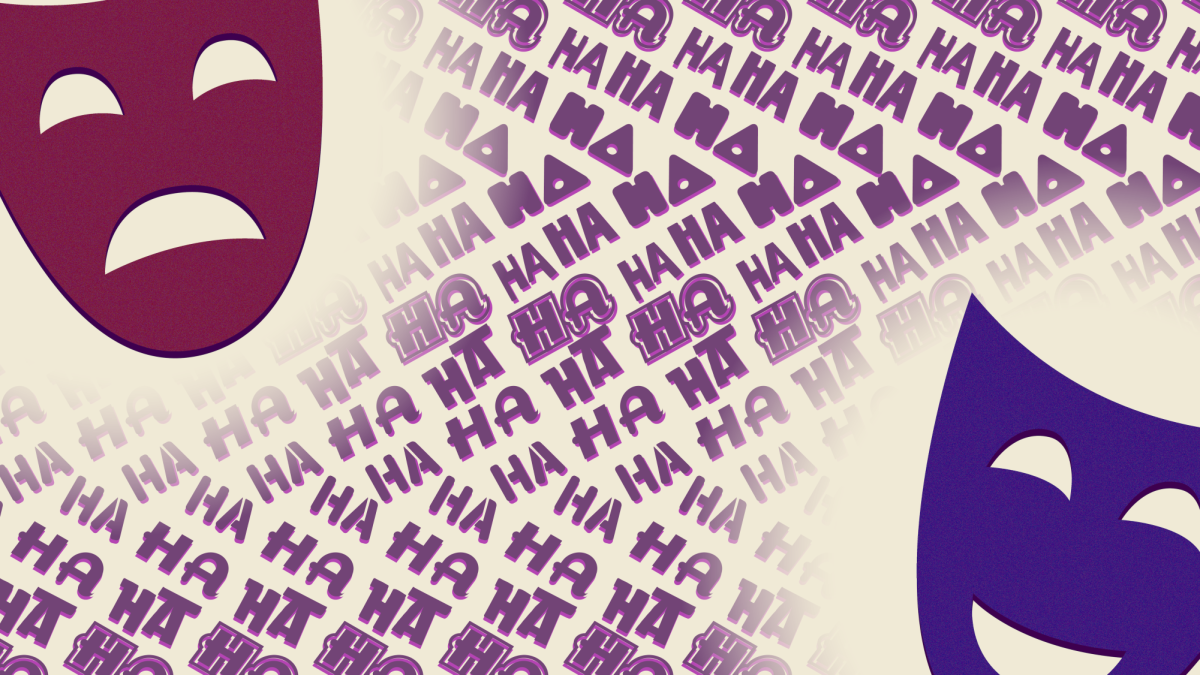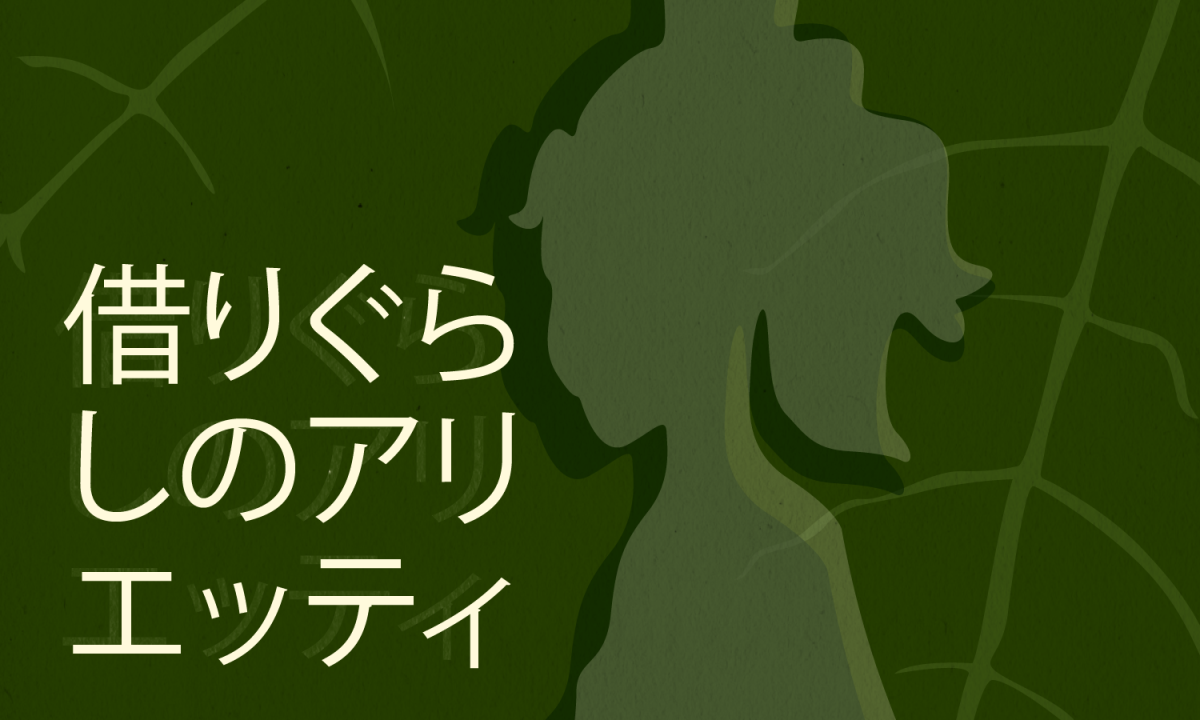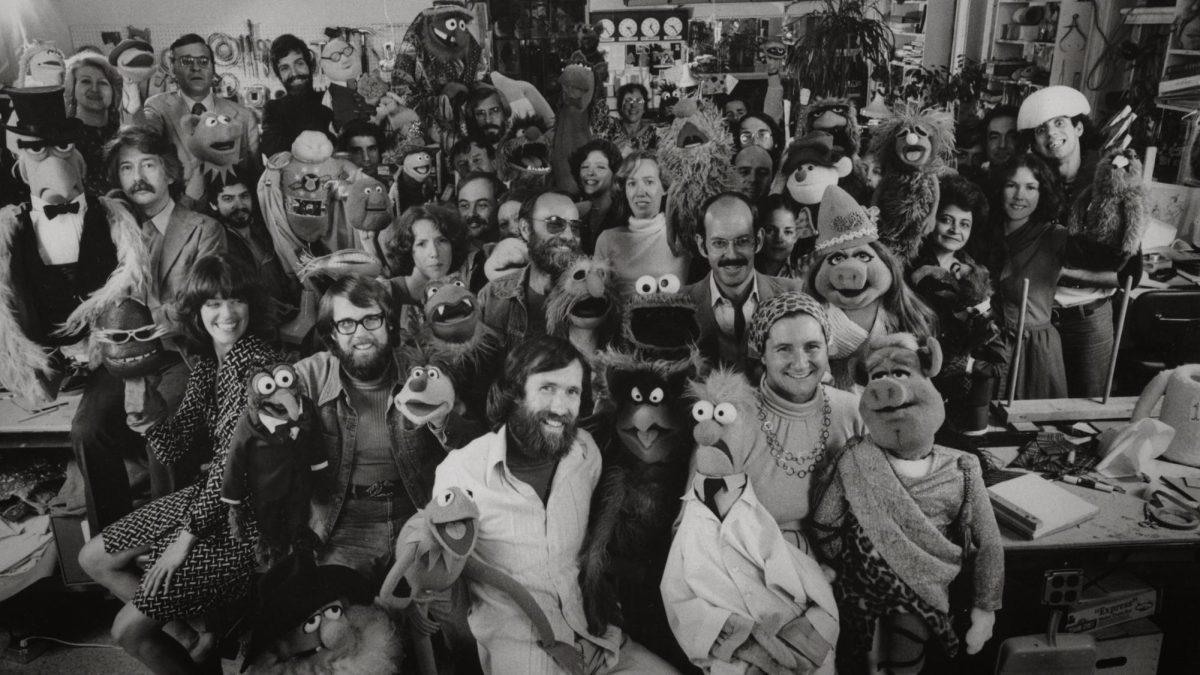Anyone who has ever stepped inside the Utah Museum of Fine Arts (UMFA) on campus can agree that the cavernous G.W. Anderson Family Great Hall is an odd place for a museum. When you consider the various works and exhibits the rest of the area hosts, it’s shocking to see the large, rather empty room with its five-story ceiling and grand staircase — even if it has hosted a various number of events from student readings, various gatherings and even formal dinners. Yet, if you were to step inside the Great Hall today and look closely at the walls of the room, you’d find a peculiar exhibit. Without further observation, the exhibition Great Salt Lake and Vicinity would look as if the museum is trying to decide what color to paint the white walls. This out-of-the-box exhibit is from world-renowned artist Spencer Finch and is specially commissioned just for the UMFA.
Spencer Finch: An Artist With a Particular Knack for Color
A man known to experiment with light, color and the relationship between the two, Finch is the mind behind Trying to Remember the Color of the Sky on that September Morning (2014), a commemorative piece of art created for the National September 11 Memorial and Museum. In that piece, Finch experimented with the different hues of the sky, painting one chip for every life lost in the attacks. His approach to the UMFA piece was a bit different. Finch was taken aback by the expanse of the Great Hall and he knew he had two ways he could go — small or big. UMFA Senior Curator of Modern and Contemporary Art Whitney Tassie interviewed Finch about his exhibit and remarked on the process of having him create this special piece for the museum. “I really enjoy working with artists and artwork that can engage with the many disciplines people are studying across campus. Finch is one of those artists,” Tassie said. “His work is deeply connected to history, literature, geology and atmospheric science. The Great Hall is a challenging space with lots of constraints. To the right artist, the space and its limitations are inspiring. Finch is a problem-solver who has a history of creating carefully-considered site-specific works. He was the perfect fit for this commission.” After a look around the area, Finch set off to create his largest Pantone-chip piece to date.
Redefining Museum Art
For three days, he traveled around the entire Great Salt Lake. Unlike his previous Pantone-chip works, this time Finch had a new challenge. He traveled around the lake in three different modes of transportation — by foot, by boat and by car. While he did this, he logged measurements of the colors he saw. Relating these to Pantone chips, he then brought the beautiful scenery of Utah into the museum, some 21 miles away. In the actual exhibit, Finch hand wrote where the original color came from under each of the chips. This process, called documentation, was first used by land artists in the ’60s. It refers to a technique of sharing art that otherwise wouldn’t be available in the traditional museum location.
By bringing the Great Salt Lake into the museum, Finch not only redefined what it means to be inside an art museum — with its stereotypical ideas of precision, cleanliness and expense — but he also brought a new light to the body of water. It’s not often Utahns enjoy the lake, with its stench and bugs. The lake isn’t what people typically associate with beauty since it doesn’t sustain much aquatic life. With the different colors he experienced, Finch is able to show that there is indeed beautiful life at the lake, like birds and flowers. When asked about this in an interview Finch did with Tassie, he said, “Yeah, Great Salt Lake is like another planet somehow. It is really a strange, strange place. I do think the installation will be a sort of shock for people.” The exhibit brings out the best parts of the UMFA as well, highlighting the idea that art can be brought in nontraditional ways to the community. This is echoed in various other exhibits and programs at the museum, such as ACME which aims to transform how the museum connects with the community outside of campus.
There is a lot about this exhibit that makes it so special. Apart from the tedious process, the final result and the reinvention of art inside a museum, it accomplishes what most artists want — to get viewers to look at something differently. Tassie said, “I love how the piece functions on so many levels. As a landscape and as data visualization. In a sense, it’s also an earthwork, or a remnant of a conceptual performance in the landscape. From afar, it’s a minimal, geometric abstraction. From close up, it’s a field journal.”














